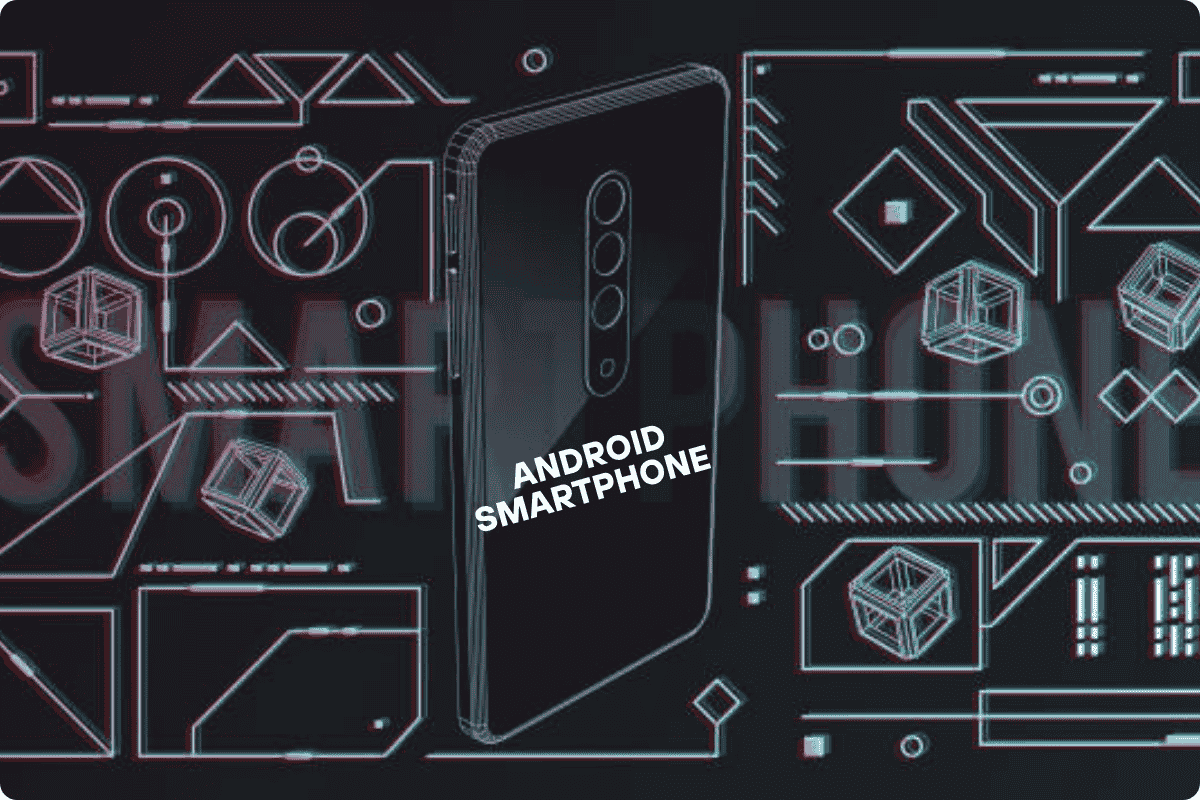
Hello people! What should you know before buying American Android phones in 2025? In 2025, American consumers will encounter a constantly growing and sometimes mixed-up array of Android smartphone offerings as the market changes. Climbing up the ladder from simple budget phones to premium flagships that redefine potential on mobile devices, the bottom line of the available devices in 2025 is staggering.
The goal of this guide is to explain complex purchasing options to American shoppers, enabling them to confidently choose an Android smartphone that aligns with their individual preferences and life situation by 2025.
Let’s dive in!
Top Trends in U.S. Android

The Proliferation of 5G:
By 2025, most new Android phones, even those at mid-tier prices, will include 5G as a nearly uncontroversial standard.
Before buying a smartphone, buyers should check the 5G bands supported by the smartphone, enabling them to achieve the desired performance with their network provider.
The Continued Rise of Foldables:
What started as a niche market is quickly becoming more mainstream. These foldable devices now come in various shapes and can do more than just make calls, making them a good option for people who want to get more done and enjoy a new way to use their phones.
By 2025, you can expect better and cheaper foldable devices to come out.
Advancements in Camera Technology:
Computational photography remains a driving force in the development of competitive devices. Users can expect improvements in image processing, enhanced light performance, extendable zoom capabilities and improved video recording at various price points.
Artificial intelligence-driven features will still be further developed and improved.
Focus on Sustainability and Longevity:
Increasing environmental consciousness is influencing the choices made by many consumers. Companies are pledging to offer employees more frequent OS upgrades and stronger builds, and are examining design innovations that promote ease of repair.
The integration of AI and machine learning into everyday Android functions is revealed. Apart from camera optimisations, there is a growing interest in AI in Android, redefining features such as battery optimisation, user suggestions, and voice assistants.
Why Software and Ecosystem Matter:
Repeated innovations to the Android OS introduce new functionalities and improved security updates. The numerous lineups of apps and services available through the Google Play Store continue to spark the fascination of many users.
Defining Your Needs and Budget
Understand your own needs and budget first before looking at any specific model. How do you justify using your smartphone as much as you do? List the basic requirements you need and how much you are willing to spend.
When you explore these issues, you’ll quickly determine the phone model that suits you best. Usage Scenarios:
The Social Connector:
If your primary activities are social at heart – social media, messaging, connecting with loved ones, a mid-range model with a decent camera, and decent performance may be acceptable.
The Multimedia Enthusiast:
For regular viewers of video entertainment, gamers, and content consumers, select a phone that boasts a spacious screen, a powerful processor, and ample storage space.
Responsive, rock-solid audio—either through good speakers or a properly implemented headphone jack—is critical in this category.
The productivity Power User:
If your work demands extra functionality on your phone, ensure seamless multitasking, including advanced security features, stylus functionality when enabled, and effortless integration with primary productivity tools.
The Photography Buff:
If capturing great pictures on your phone is your top priority, choose a model with a sophisticated camera system that includes wide-angle, telephoto, and ultrawide lenses, high-quality sensors, and advanced processing technology.
The Budget-Conscious Buyer:
If cost is a top priority, there is good competition in the budget and mid-range categories, offering an affordable experience.
Understanding the limitations of this model compared to higher-tier models provides insight into making informed budget decisions.
Entry-Level (Under $300):
These models perform very well on routine tasks, such as receiving and sending texts, staying online, and interacting with social platforms.
Standard feature limits include slower processors, less exciting camera systems, and basic display technologies.
Mid-Range ($300 – $600):
This section features fast phones that come with great features and have good cameras for a very low price. There are numerous great apps available to cater to what people want and need.
Upper Mid-Range ($600 – $800):
In the upper mid-range bracket, the strength of the devices lies in their excellent performance, impressive camera features, and touches that save consumers money.
Flagship ($800 – $1200+):
They are at the cutting edge of what smartphones can do. They offer better performance, introduce new features, and come with more camera options.
They are commonly built with fine quality materials and beautiful designs.
Ultra-Premium ($1200+):
For the best, consider getting a foldable phone or other futuristic models, but they have a higher price tag.
After deciding what you need and considering the specifications of the electronics.
Consider Essential Features & Specs

Numerous technical factors significantly contribute to determining a smartphone’s performance. Below are the significant factors you should bear in mind:
Processor (Chipset):
The primary reason games and video editing are smooth and fast is due to the processor. Snapdragon 8 Gen 4 chips are planned to appear in smartphones by 2025.
Select a phone with a Snapdragon 7 or Dimensity chip, as it helps the phone last longer on a single charge.
Storage:
Look up how many apps, photos, videos, and songs you have, and pick a device that offers enough space and also has cloud storage options.
Whenever your phone becomes full, look for one that supports microSD cards to expand your storage space.
Display:
The Content display method for your phone is one of the most critical factors of an overall user experience. Consider:
Size:
Get a phone with a screen that fits your hand and is practical for your daily habits. You’d typically find the choice sizes ranging from about 6 inches to almost 7 inches.
Resolution:
Choosing a device with resolutions such as Full HD+ or Quad HD+ provides a greater quality of photos and text shows.
Panel Technology:
OLED screens (e.g., AMOLED and Super-AOMD) provide brighter colours, richer blacks, and better contrast than LCDs.
Refresh Rate:
Installing a device with a refresh rate higher than 90Hz will drastically increase the smoothness of your wrist gestures and dynamic clips.
Playing games and surfing through fast-moving applications will demonstrate those improvements.
Brightness:
A brighter rating value will allow you to see better and see properly even on a bright day outdoors.
Camera System:
Most of today’s Android gadgets make use of multi-camera systems with
Main (Wide-Angle) Lens: The primary camera is often equipped with the largest sensor, capturing most of what you do in everyday photography. Test if devices can maintain clarity and detail in low-light conditions.
Ultrawide Lens:
Allows users to take wider shots, which is fantastic for landscapes and gatherings.
Telephoto Lens:
It utilises an optical zoom to close the distance to the subject without significantly compromising image quality. Some labels may mention that you will get a 2x, 3x, or 5x optical zoom with the camera.
Macro Lens:
For small targets to be photographed at almost close range.
Depth Sensor:
In charge of improving portrait mode by providing a shallow depth of field. In addition to hardware optimisation, consider how the phone handles images with OIS for increased stability, night mode for capturing images in low-light conditions, and effective video recordings with features such as resolution, frame rate, and stabilisation.
Battery Life and Charging:
A higher mAh rating indicates the time between charges. Evaluate your daily device usage and determine the optimal battery life until your next charge. Fast charging needs to work efficiently so that your battery is recharged fast.
Please make sure both the charger’s wattage and the phone are suitable before making the change. You need fewer cable connections when you charge wirelessly.
Software and Updates
Android Version:
Ensure that your Android device has the latest and stable version, which is expected to be released sometime in late 2025; currently, it’s supposed to be Android 16.
Manufacturer Skin:
Android manufacturers often add cosmetics, in the form of a distinctive user interface (“skin”), to the basic Android design.
Security Features:
Look for devices with fingerprint sensors (either on the screen or side), facial recognition, and a secure program to protect your data.
Audio:
Test the phone’s internal speakers and check if it has a headphone jack. If you are listening with headphones, ensure they are compatible with the phone. Using appropriate headsets can enhance the listening experience by improving compatibility with high-resolution audio coders.
Top Android Brands & 2025 Gains

Leading American androids are the work of key firms, with specific attention on certain segments and unique advantages.
The leader in Android smartphones, Samsung, offers devices to suit a wide range of budgets and preferences.
- Strengths: Prestigious display quality, excellent One UI software, flagship phones with top performance, flexible camera systems, and an elite image, along with vast accessory options.
Considerations:
There has been a comment about bloat in pre-loaded applications, but the company has tried the latest versions. However, some features may be useless for all users.
Google Pixel:
The design of Google’s Pixel phones produces a straightforward Android experience, emphasising software and friendly AI features that flow seamlessly.
Strengths: Fast and consistent software updates, innovative AI capabilities that excel in departments such as photography and speech recognition, excellent camera technology supported by computational photography, and user-friendly software.
Considerations: Although Motorola’s device performance may not always be the latest, it has been slowly closing the gap in technical aspects of device performance with its latest competitors. Carrier stores may stock fewer Motorola models than Samsung.
Conclusion:
Despite many changes in the Android sector, smartphones made in the USA remain famous for their innovation, strong security, and intuitive user design. As we approach 2025, Google, Motorola, and Librem are expected to lead by offering advanced designs, software, and a greater respect for user privacy.
These handsets excel in hardware capability, receive superior updates, and offer reliable software delivery. They are leaders in product quality and distinctive benefits, although they do not hold a significant market share. Is an American Android smartphone right for your needs?
FAQS:
1: Who will be the top American producer of Android smartphones in the year 2025?
Motorola, Google, and Librem emerge as notable American Android managers.
2: Are American Android phones feasible for everyday use?
These phones offer high performance, secure protection, and the latest Android updates.
3: Are American Android phones ever upgraded with timely software updates?
Typically, you can expect monthly security updates and annual major system overhauls from such brands.
4: Do American Android phones provide better security than those from other countries?
Multiple manufacturing companies value privacy as a protection, utilising substantial hardware and software.
5: You can purchase American Android phones via official websites, Amazon, or authorised retailers.
Purchase from authorised stores, Amazon, or certified retail distribution.




Leave a Reply